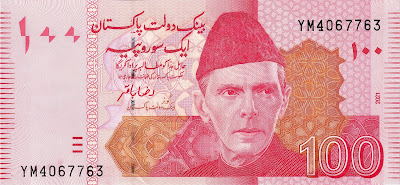The Belarusian Ruble (BYN) serves as the official currency of Belarus, reflecting the nation's economic sovereignty and independence. Its origin dates back to the dissolution of the Soviet Union in 1991 when Belarus emerged as an independent state. Initially, Belarus continued to use the Russian Ruble as its currency, but in 1992, the Belarusian Ruble was introduced to establish economic autonomy.
The introduction of the Belarusian Ruble was part of broader economic reforms aimed at transitioning from a centrally planned economy to a market-oriented one. However, the currency has faced challenges over the years, including periods of hyperinflation and economic instability.
In 2016, Belarus underwent a currency redenomination, replacing the previous currency, the Belarusian Ruble (BYR), with the new Belarusian Ruble (BYN) at a rate of 10,000 BYR to 1 BYN. This move aimed to simplify transactions and bolster confidence in the national currency.
Despite efforts to stabilize the currency, the Belarusian Ruble has faced fluctuations in its value in the market. Economic factors such as inflation, foreign exchange reserves, and government policies can influence its value against major international currencies like the US dollar and the euro.
As of recent data, the exchange rate stands at approximately 2.5 BYN per 1 USD. However, it's essential to note that the official exchange rate may differ from rates offered in informal markets, reflecting the currency's vulnerability to fluctuations and speculative activities.
Despite its challenges, the Belarusian Ruble remains essential for domestic transactions and plays a crucial role in Belarus' economy. The government continues to implement policies aimed at maintaining stability and promoting economic growth, which will likely influence the value of the ruble in the market in the future.

.jpeg)
.jpeg)
.jpg)
.jpg)
.jpg)
.jpg)
No hay comentarios:
Publicar un comentario